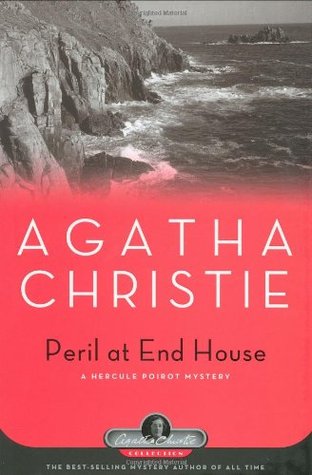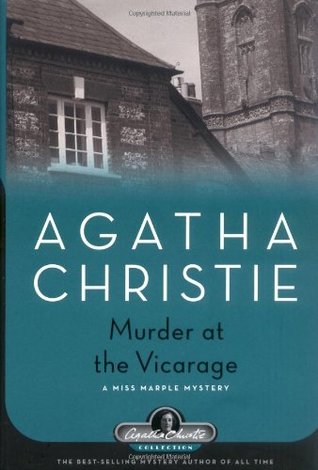 The Summer Before the War
The Summer Before the War by
Helen Simonson

My rating:
5 of 5 stars
I loved Helen Simonson's "Major Pettigrew's Last Stand" and looked forward to any additional books coming from her. I was not disappointed with "The Summer Before the War" although the stories are so totally different. Yet, they are both very British and contain some similar themes, specifically about class and racial distinctions. But, more importantly to me as a reader, they touched my heart and asked me to once again think of people first as human beings rather than as the positions they hold in society.
Beatrice Nash has recently lost her father and her financial independence, making employment a necessity. She has arrived in Rye to become the new Latin teacher at the local school. As the era is just as World War I is on the horizon, Beatrice is quite at a disadvantage. Not only is she an outsider, but as a woman, Latin is the last subject she would be expected to take on. Her position is, therefore, a bit perilous as the posting is still controversial amongst the influential of Rye.
Luckily Miss Nash has the support of two very influential women, Mrs. Agatha Kent and Lady Emily Wheaton. Both of these strong women are teetering between the old ways of subjugating women, and the new of providing women with opportunity. Beatrice does not fully understand how these women have put themselves on the line for her, but she soon begins to see she is not welcome by everyone, and Agatha, in particular, is fighting to maintain her position in the community. Agatha is also a woman of very strong love for her husband, John, her two nephews and for her community and country.
Now, slowly, we are introduced to other members of the local society as Miss Nash becomes known to them. We meet Agatha's nephews, Hugh Grange and Daniel Bookham. Hugh is just starting his career as a doctor - a surgeon with a strong interest in head injuries. He has recently started an apprenticeship with renowned surgeon Sir Alex Ramsey, and is well into a promising relationship with Dr. Ramsey's daughter, Lucy. Daniel is quite the opposite. His passion is poetry and he is quite the bohemian, with very subtle hints of a possible preference for his friend Craigmore. He is being pressured to take a civil service job with his uncle John Kent, Agatha's husband, but is more inclined to escape to Paris to spend his life immersed in art and poetry. In sympathy with their aunt, both men determine they will support Beatrice against the nay-sayers. Being just slightly naive, Beatrice has come to Rye believing her qualifications for teaching are all that is necessary. However, she soon sees how fragile her position and reputation can be and realizes she must be on guard.
In addition, there are a few more vital characters to add to the list: Snout, or Dickie Sidley as he is known to those less friendly, is a local gypsy teen who has talent and great hopes for a Latin scholarship with Miss Nash's assistance, but is hampered by being a Romany; Mr. Tillingham, the local celebrity author, who holds subtle sway over the community and brings to Rye Belgian refugees looking for safety after the terrible loss of their homeland to the Germans - this includes the Professor and his daughter Celeste; Mrs. Turber, Beatrice's landlady, and many others including the snobby women of Rye, the Headmaster and staff of the local grammar school to which Beatrice has been hired, Lady Emily's family the Wheaton's, etc., etc.
Into all of their lives crashes the beginning of the war as duty takes the men away to the trenches and the women stay behind to fight the war from home. Now the story begins to show us the reality of life in Beatrice's world and the depth of each character as they are all tested in one way or another. Honor and duty, cruelty and inhumanity, prejudice and sacrifice, are all demonstrated in one way or another by the people of Rye who have all become major players in Beatrice's life. The war brings love, compassion and loss to many, including Beatrice, as they see the old ways no longer relevant, yet fight to maintain class distinctions and prejudices against those who are different. In the end, it is love, family and friendship that matter most and bring the moments of joy and peace into their lives.
This is a beautiful and horrible story of the best and worst of humanity. I can see why some reviewers could not like many of the characters, as many of them were not likable. I found the characters and the story a realistic view of what life was like in a small town prior to the war, and the changes brought about by the horrors of war. Not all successfully pass the test, and many are lost either to death or the deaths they have brought about. But, Rye survives, as do the families and friends who have suffered and sacrificed or added to other's pain. There is a future and a hope, as well as continued struggle to make the world better.
I strongly recommend "The Summer Before the War".
View all my reviews

 The Geography of Madness: Penis Thieves, Voodoo Death, and the Search for the Meaning of the World's Strangest Syndromes by Frank Bures
The Geography of Madness: Penis Thieves, Voodoo Death, and the Search for the Meaning of the World's Strangest Syndromes by Frank Bures








